Learn how to start exercising at home for beginners with this complete guide. Discover 7 proven steps, essential equipment, and workout routines for lasting results.
Table of Contents
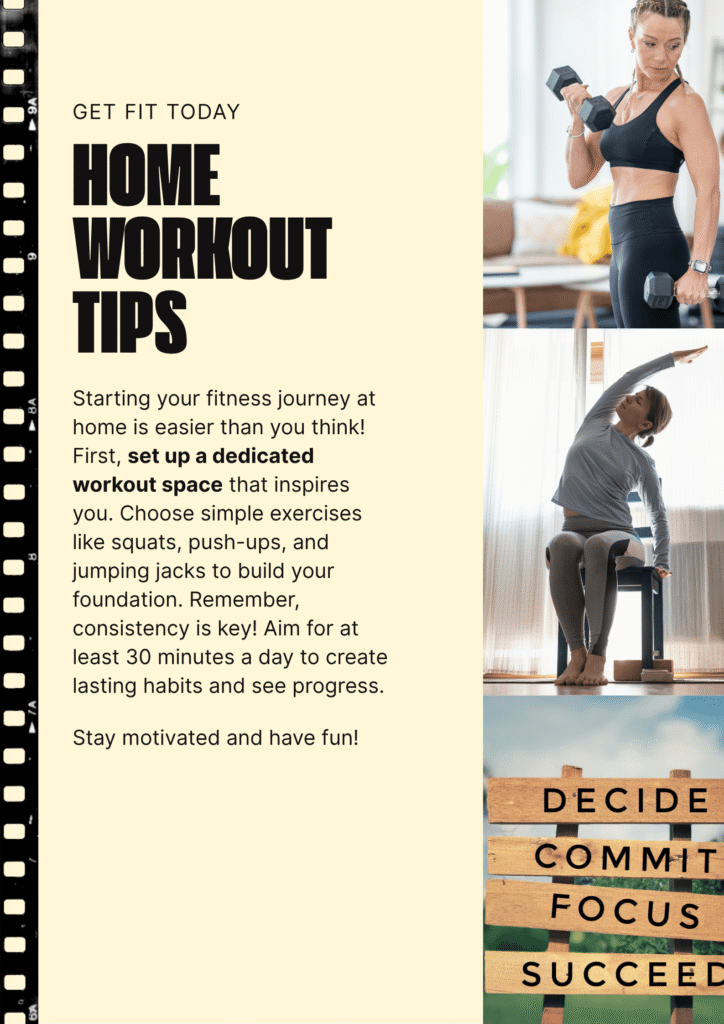
Learning how to start exercising at home for beginners has become more important than ever in today’s fast-paced world. Whether you’re avoiding crowded gyms, saving money, or simply prefer the privacy of your own space, home workouts offer an incredible opportunity to transform your fitness journey. This comprehensive guide will walk you through everything you need to know about beginning your fitness adventure from the comfort of your home.
Starting a home exercise routine doesn’t require expensive equipment or years of experience. With the right approach, dedication, and proper guidance, anyone can achieve remarkable fitness results without ever stepping foot in a gym. Let’s explore the proven strategies that will help you succeed.
Why Home Exercise is Perfect for Beginners
Home workouts eliminate many barriers that prevent beginners from starting their fitness journey. The convenience factor cannot be overstated – you can exercise whenever it fits your schedule, without worrying about gym hours or commute times.
Privacy and Comfort Advantages:
- No judgment from other gym-goers
- Exercise in comfortable clothing
- Control your environment completely
- Start at your own pace without pressure
Cost-Effective Solution: Home exercise eliminates monthly gym memberships, gas costs, and expensive workout attire. A basic home setup costs less than three months of typical gym membership fees.
Flexibility and Consistency: The biggest advantage of learning how to start exercising at home for beginners is the flexibility it provides. You can workout during lunch breaks, early mornings, or late evenings – whatever works best for your lifestyle.
Essential Equipment for Starting Your Home Fitness Journey
Contrary to popular belief, you don’t need a fully equipped home gym to start exercising effectively. Here’s what you actually need:
Minimal Equipment Essentials:
- Exercise mat (for floor exercises and stretching)
- Set of resistance bands (multiple resistance levels)
- Two sets of dumbbells (light and medium weight)
- Stability ball (great for core work)
- Jump rope (excellent cardio option)
Bodyweight Exercise Benefits: Many effective workouts require zero equipment. Push-ups, squats, lunges, planks, and burpees can provide a complete full-body workout. Bodyweight exercises are perfect when you’re learning how to start exercising at home for beginners because they help you master proper form.
Progressive Equipment Additions: As you advance, consider adding kettlebells, adjustable dumbbells, or a pull-up bar. However, these aren’t necessary for the first 3-6 months of your journey.
Creating Your Ideal Home Workout Space
Your workout environment significantly impacts your motivation and consistency. You don’t need a dedicated room – just a clear space where you can move freely.
Space Requirements:
- Minimum 6×6 feet of clear floor space
- Enough height to jump or raise arms overhead
- Good ventilation for comfortable breathing
- Adequate lighting (natural light is ideal)
Equipment Storage Solutions: Organize your equipment in easily accessible containers or wall mounts. When equipment is visible and convenient, you’re more likely to use it consistently.
Creating the Right Atmosphere: Consider factors like music, temperature, and distractions. Many successful home exercisers create specific playlists and establish workout rituals that signal it’s time to exercise.
7 Proven Steps to Start Exercising at Home
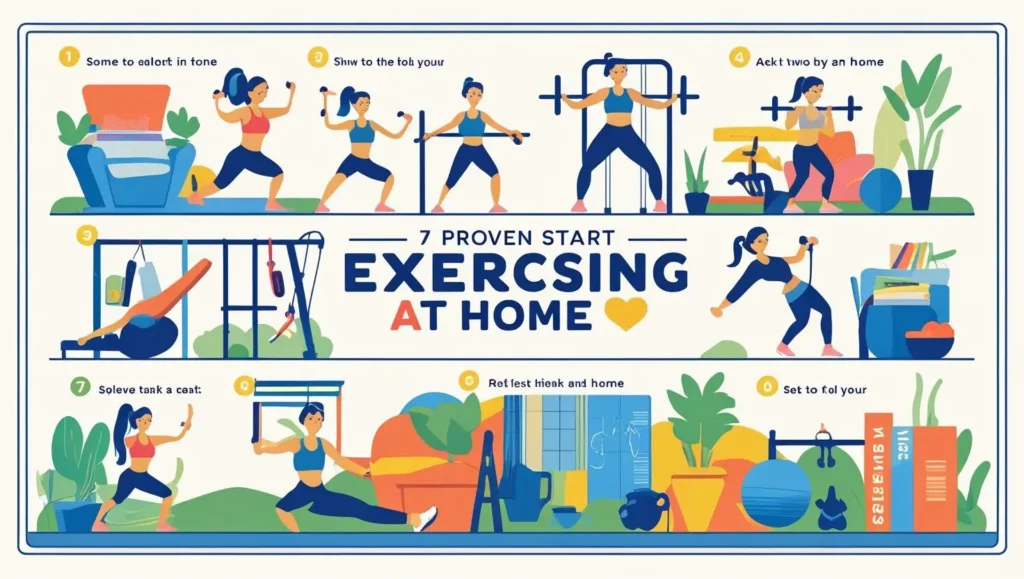
Step 1: Set Clear, Realistic Goals
Before learning how to start exercising at home for beginners, define what you want to achieve. Whether it’s losing weight, building strength, or improving endurance, specific goals guide your workout selection.
SMART Goal Examples:
- “Exercise 30 minutes, 4 times per week for the next month”
- “Complete 10 push-ups in a row within 6 weeks”
- “Lose 5 pounds in 8 weeks through consistent home workouts”
Step 2: Schedule Your Workouts
Treat exercise appointments as seriously as business meetings. Choose specific days and times, then protect that time from other commitments.
Optimal Scheduling Tips:
- Start with 3 days per week, 20-30 minutes each
- Choose consistent times (same days, same hours)
- Plan rest days for recovery
- Have backup shorter routines for busy days
Step 3: Start with Basic Movements
Master fundamental exercises before progressing to complex routines. This foundation prevents injuries and builds confidence.
Essential Beginner Exercises:
- Bodyweight squats (lower body strength)
- Modified push-ups (upper body strength)
- Planks (core stability)
- Walking in place (cardiovascular warm-up)
- Basic stretches (flexibility)
Step 4: Focus on Proper Form
Quality trumps quantity every time. Perfect your technique with lighter weights or easier variations before increasing intensity.
Form-First Approach:
- Practice movements slowly initially
- Use mirrors to check your posture
- Follow reputable video demonstrations
- Consider virtual personal training sessions
Step 5: Progress Gradually
Increase workout intensity, duration, or difficulty by small amounts each week. This prevents burnout and reduces injury risk.
Progressive Overload Principles:
- Add 2-3 more repetitions weekly
- Increase workout duration by 5 minutes bi-weekly
- Advance to more challenging exercise variations
- Add extra workout days monthly
Step 6: Mix Different Exercise Types
Combine cardiovascular exercise, strength training, and flexibility work for comprehensive fitness development.
Balanced Weekly Routine:
- 2-3 strength training sessions
- 2-3 cardiovascular workouts
- Daily flexibility/mobility work
- 1-2 complete rest days
Step 7: Track Your Progress
Document your workouts, measurements, and how you feel. This data keeps you motivated and helps identify what works best.
Tracking Methods:
- Workout journals or smartphone apps
- Progress photos (monthly)
- Body measurements and weight
- Performance metrics (repetitions, duration)
Best Beginner-Friendly Home Workout Routines
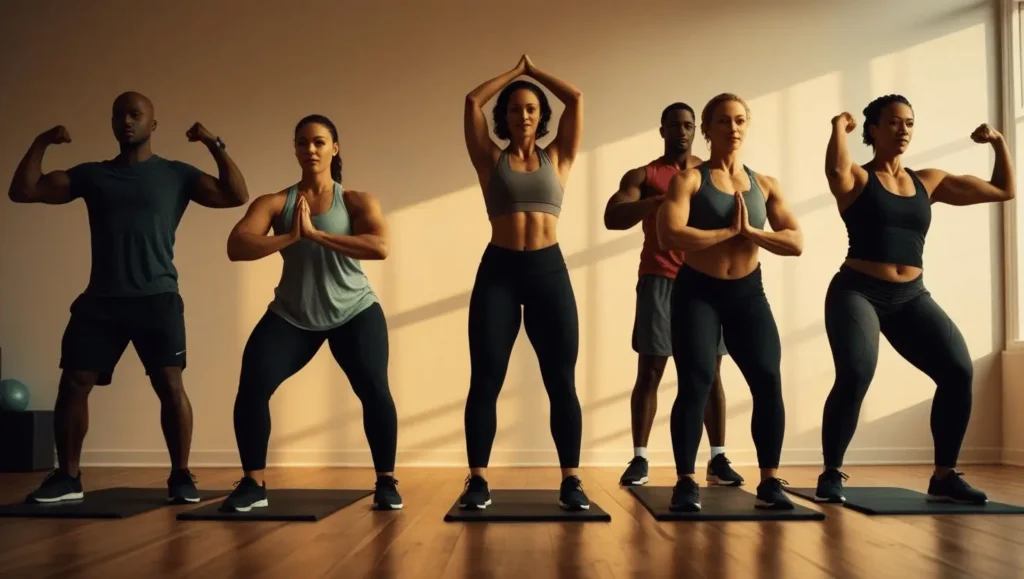
Full-Body Beginner Circuit (20 minutes)
Warm-up (5 minutes):
- Marching in place: 2 minutes
- Arm circles: 30 seconds each direction
- Leg swings: 30 seconds each leg
- Light stretching: 2 minutes
Main Workout (12 minutes): Perform each exercise for 45 seconds, rest 15 seconds:
- Bodyweight squats
- Modified push-ups (knees down)
- Mountain climbers (slow pace)
- Plank hold
- Jumping jacks (or step-touches)
- Glute bridges
Repeat circuit twice with 2-minute rest between rounds.
Cool-down (3 minutes):
- Light stretching focusing on major muscle groups
- Deep breathing exercises
Strength-Focused Routine (25 minutes)
This routine emphasizes building muscle strength using minimal equipment:
Equipment needed: Resistance bands, light dumbbells (optional)
Workout Structure:
- Upper body: 8 minutes
- Lower body: 8 minutes
- Core: 6 minutes
- Cool-down: 3 minutes
Each exercise performed for 3 sets of 8-12 repetitions with 30-second rests.
Cardiovascular Home Workout (30 minutes)
Perfect for improving heart health and burning calories:
High-Intensity Intervals:
- 5-minute warm-up
- 20 minutes alternating: 1 minute high intensity, 1 minute recovery
- 5-minute cool-down
Low-Impact Alternative: Replace jumping movements with step-touches and marching for joint-friendly cardio.
Common Mistakes to Avoid
Understanding how to start exercising at home for beginners includes knowing what NOT to do:
Mistake 1: Doing Too Much Too Soon
Many beginners start with hour-long workouts daily, leading to burnout within weeks. Start small and build gradually.
Mistake 2: Ignoring Warm-ups and Cool-downs
These components prevent injuries and improve recovery. Never skip them, even during short workouts.
Mistake 3: Focusing Only on One Exercise Type
Balanced fitness requires cardiovascular exercise, strength training, and flexibility work. Don’t neglect any component.
Mistake 4: Inconsistent Scheduling
Sporadic workouts yield minimal results. Consistency beats intensity for long-term success.
Mistake 5: Comparing Yourself to Others
Your fitness journey is unique. Focus on personal progress rather than comparing yourself to social media fitness influencers.
Mistake 6: Neglecting Nutrition
Exercise alone won’t achieve your goals. Proper nutrition supports your workout efforts and accelerates results.
Tracking Your Progress and Staying Motivated
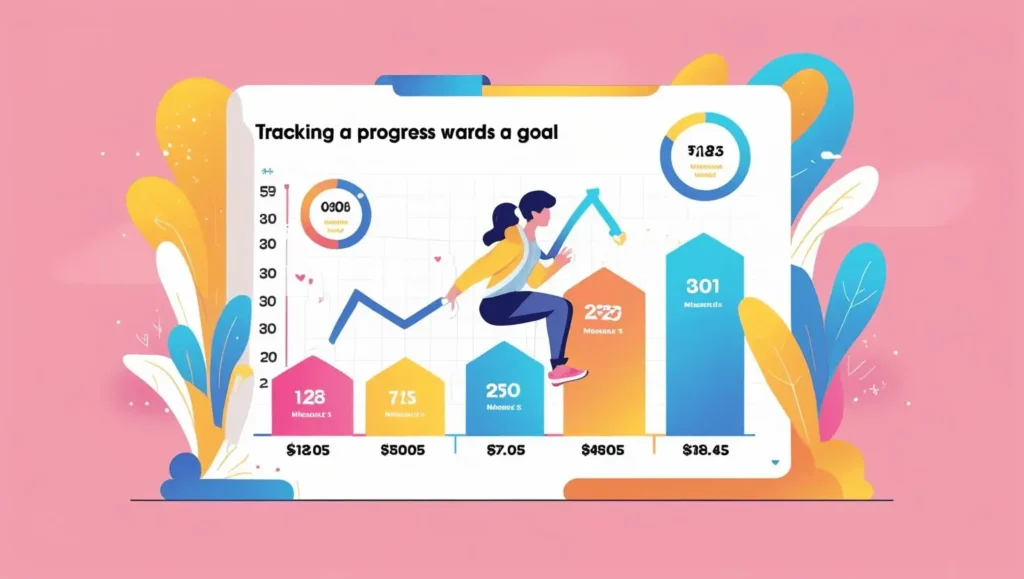
Monitoring progress keeps you motivated when learning how to start exercising at home for beginners becomes challenging.
Effective Progress Tracking Methods
Quantitative Measures:
- Weekly body measurements
- Workout performance logs
- Energy levels (1-10 scale)
- Sleep quality improvements
Qualitative Indicators:
- Improved mood and confidence
- Better daily energy levels
- Enhanced sleep quality
- Increased functional strength
Motivation Strategies
Short-term Motivators:
- Reward weekly goal achievements
- Join online fitness communities
- Follow structured workout programs
- Create inspiring workout playlists
Long-term Motivation:
- Set quarterly fitness assessments
- Plan active vacations or events
- Invest in quality workout equipment gradually
- Consider fitness certifications or challenges
Nutrition Tips for Home Exercise Success
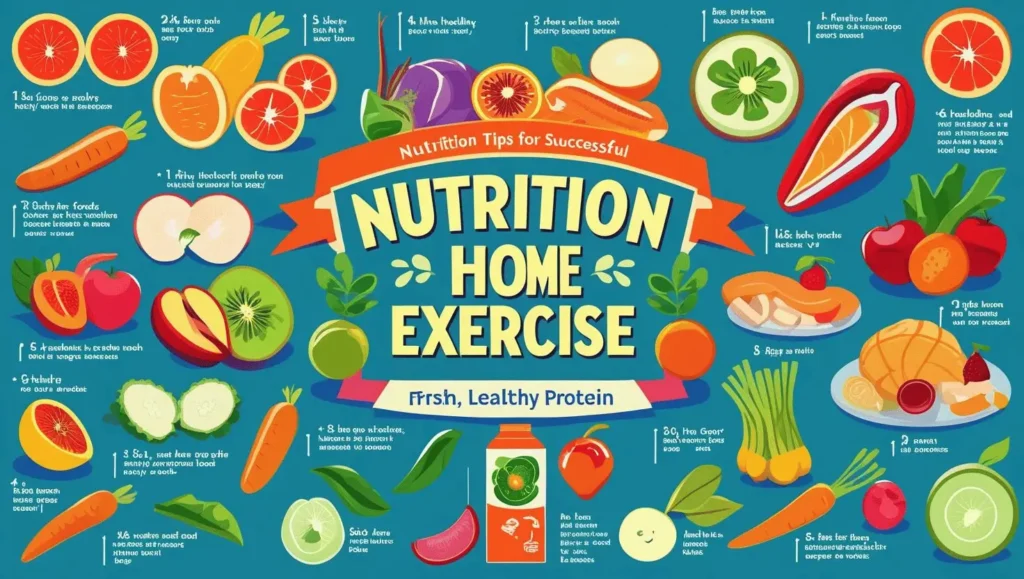
Proper nutrition amplifies your home workout results significantly.
Pre-Workout Nutrition
Eat a light snack 30-60 minutes before exercising:
- Banana with almond butter
- Greek yogurt with berries
- Whole grain toast with honey
Post-Workout Recovery
Within 30 minutes after exercising, consume protein and carbohydrates:
- Protein smoothie with fruit
- Lean meat with vegetables
- Chocolate milk (surprisingly effective)
Hydration Guidelines
Drink water before, during, and after workouts. Proper hydration improves performance and recovery.
Supporting Your Fitness Journey
For comprehensive guidance on optimizing your fitness routine, The Running Manual offers invaluable insights into effective training strategies. Originally priced at $27.00, this ultimate guide to fitness, weight loss, and mental strength is currently available for just $1.00.
The Running Manual provides strategies for weight loss, improved fitness, and enhanced mental resilience, making it ideal for beginners and seasoned fitness enthusiasts alike. This comprehensive resource complements your home workout routine by offering expert advice on building sustainable fitness habits and achieving lasting results.
Building Long-Term Exercise Habits
Creating lasting fitness habits requires strategic planning and patience.
The 21-Day Rule
Focus intensively on consistency for three weeks. After this period, exercise becomes more automatic and requires less willpower.
Habit Stacking
Attach your workout to existing daily routines:
- Exercise immediately after morning coffee
- Workout before evening dinner preparation
- Exercise during favorite TV show time
Environmental Design
Make exercise easier than skipping it:
- Layout workout clothes the night before
- Keep equipment visible and accessible
- Remove barriers to starting (clear workout space)
Social Accountability
Share your goals with family and friends. Consider finding a virtual workout partner for additional motivation.
Advanced Progression Strategies
As you master the basics of how to start exercising at home for beginners, consider these advancement strategies:
Month 1-2: Foundation Building
Focus on learning proper form, establishing routine, and building basic endurance.
Month 3-4: Intensity Increase
Add more challenging exercises, increase workout duration, and introduce new equipment.
Month 5-6: Specialization
Choose specific fitness goals (strength, endurance, flexibility) and tailor your routine accordingly.
Beyond 6 Months: Advanced Programming
Consider periodized training, specific sport preparation, or advanced fitness certifications.
Conclusion and Next Steps
Learning how to start exercising at home for beginners opens doors to a lifetime of health and fitness benefits. The key is starting with realistic expectations, focusing on consistency over intensity, and gradually building your capabilities.
Remember these essential takeaways:
- Start small and progress gradually
- Consistency beats perfection every time
- Proper form prevents injuries and improves results
- Balance different types of exercise for comprehensive fitness
- Track your progress to stay motivated
Your home fitness journey begins with a single decision to start. Use the strategies outlined in this guide, remain patient with your progress, and celebrate small victories along the way.
Ready to take your fitness journey to the next level? Consider complementing your home workout routine with expert guidance. The comprehensive strategies and insights available in quality fitness resources can accelerate your progress and help you avoid common pitfalls.
Start today with just 20 minutes, and discover how transformative home exercise can be for your physical health, mental well-being, and overall quality of life. Your future self will thank you for taking this important first step.
Embrace the Power of Running
Running is more than just a form of exercise; it’s a transformative journey that enhances physical health, mental clarity, and emotional well-being. The Running Manual_mrr is your comprehensive companion on this journey, offering insights and strategies to help you harness the full benefits of running.
Sources: This article incorporates recommendations from the American Heart Association’s physical activity guidelines, Harvard Health Publishing’s exercise research, and Mayo Clinic’s fitness recommendations for beginners.


